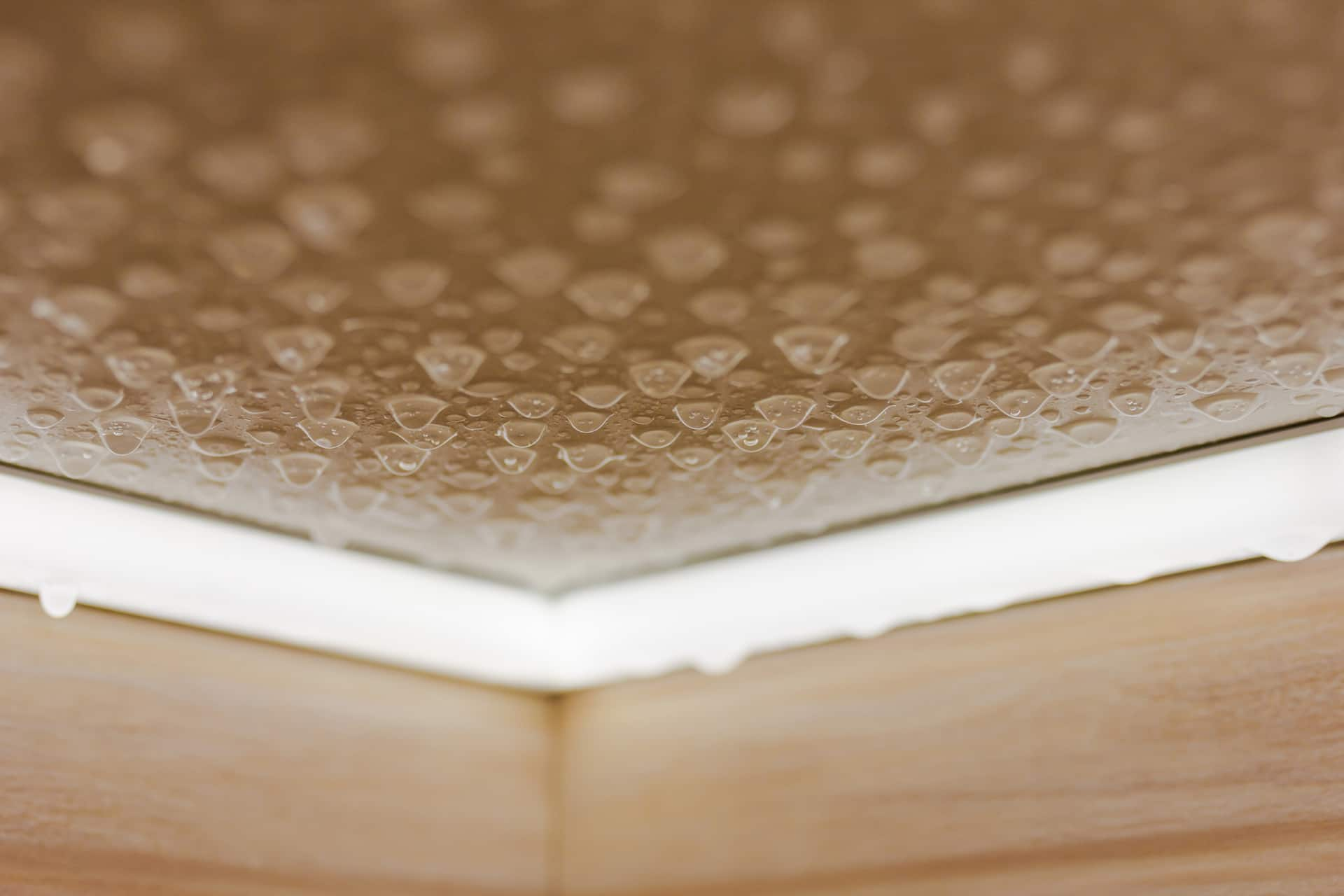Do's & Don'ts of Water Restoration.
Do's & Don'ts of Water Restoration.
Blog Article
Almost everyone may have his or her own rationale in relation to Keeping Your Home Safe This Holiday Season.

Though water offers life, water intrusion on parts where it's not intended to be can cause damages. If the water saturates into your structure, it can peel off away surface areas and wear down the foundation. Mold and also mold additionally thrive in a moist environment, which can be unsafe for your health and wellness. Houses with water damage smell old and musty.
Water can come from many resources such as tropical cyclones, floods, ruptured pipes, leaks, and also sewer concerns. In case you experience water damages, it would be excellent to know some safety preventative measures. Right here are a couple of guidelines on just how to take care of water damages.
Do Prioritize House Insurance Policy Insurance Coverage
Water damages from flood because of heavy winds is seasonal. Nevertheless, you can also experience an unexpected flood when a faulty pipe unexpectedly breaks right into your house. It would certainly be best to have house insurance coverage that covers both acts of God such as natural disasters, as well as emergencies like broken plumbing.
Don't Forget to Shut Off Energies
In the event of a catastrophe, particularly if you live in a flood-prone area, it would be recommended to shut off the primary electric circuit. This removes power to your entire residence, preventing electrical shocks when water comes in as it is a conductor. Additionally, do not fail to remember to turn off the main water line valve. When floodwaters are high, furniture will certainly walk around and also cause damages. Having the major shutoff shut down prevents additional damage.
Do Stay Proactive and Heed Climate Alerts
Storm floodings can be extremely unforeseeable. If there is a history of flooding in your community, remain ready and also positive. If you live near a creek, lake, or river , listen to emptying warnings. Take out belongings from the first stage and also cellar, then put them on the highest possible degree. Doing so decreases potential residential property damage.
Don't Neglect the Roof
You can avoid rainfall damages if there are no holes and also leaks in your roof covering. This will stop water from streaming down your walls and soaking your ceiling.
Do Focus On Tiny Leakages
A ruptured pipeline does not occur overnight. Generally, there are warnings that show you have damaged pipelines in your home. You may discover bubbling paint, peeling wallpaper, water streaks, water discolorations, or leaking noises behind the wall surfaces. Ultimately, this pipeline will certainly break. Ideally, you must not wait for points to escalate. Have your plumbing repaired before it leads to substantial damage.
Do Not Panic in Case of a Ruptured Pipeline
When it comes to water damage, timing is crucial. Therefore, if a pipeline ruptureds in your residence, instantly closed off your main water shutoff to reduce off the resource. Call a reliable water damages reconstruction specialist for assistance.
Water provides life, water invasion on components where it's not supposed to be can result in damage. Residences with water damage odor musty as well as old.
Water damages from flooding fees to hefty winds is seasonal. You might observe bubbling paint, peeling off wallpaper, water streaks, water spots, or leaking noises behind the walls. When it comes to water damages, timing is vital.
Some Do's & Don't When Dealing with a Water Damage
DO:
Make sure the water source has been eliminated. Contact a plumber if needed. Turn off circuit breakers supplying electricity to wet areas and unplug any electronics that are on wet carpet or surfaces Remove small furniture items Remove as much excess water as possible by mopping or blotting; Use WHITE towels to blot wet carpeting Wipe water from wooden furniture after removing anything on it Remove and prop up wet upholstery cushions for even drying (check for any bleeding) Pin up curtains or furniture skirts if needed Place aluminum foil, saucers or wood blocks between furniture legs and wet carpet Turn on air conditioning for maximum drying in winter and open windows in the summer Open any drawers and cabinets affected for complete drying but do not force them open Remove any valuable art objects or paintings to a safe, dry place Open any suitcases or luggage that may have been affected to dry, preferably in sunlight Hang any fur or leather goods to dry at room temperature Punch small holes in sagging ceilings to relieve trapped water (don't forget to place pans beneath!); however, if the ceiling is sagging extremely low, stay out of the room and we'll take care of it DO NOT:
Leave wet fabrics in place; dry them as soon as possible Leave books, magazines or any other colored items on wet carpets or floor Use your household vacuum to remove water Use TV's or other electronics/appliances while standing on wet carpets or floors; especially not on wet concrete floors Turn on ceiling fixtures if the ceiling is wet Turn your heat up, unless instructed otherwise

I ran across that article on Simple Solutions To Preventing Fire And Water Damage To Your Home while doing a lookup on the search engines. Sharing is good. Helping people is fun. Thanks a bunch for your time. Visit us again soon.
Report this page